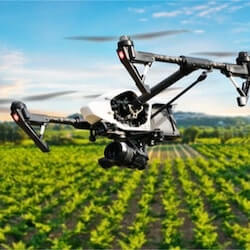Analytics
Business analytics or BA is basically the usage of toolsin insights the use of tools and techniques like data mining, BA is basically the usage of oolsin insights the use of tools and BA is basically the usage of toolsin insights the use of tools and pattern etc... Read MoreThe World's Largest Customer and Supplier Intelligence Company.
Bespoke & accurate information for precise results. Experience our personalized services.
Key Benefits
Competitive Edge
Our reports and in-depth insights will provide you with all the data, strategic inputs and competitive intelligence to move ahead in the market.
Quick Access
Once a report is purchased you shall have instant access to the information you need to make the right decisions and set targets for your teams globally.
Hidden Opportunities
A comprehensive strategic sieve analysis of the market by our analysts, aided by ML/AI tools helps us find the non-obvious, hidden and emerging opportunities for you to evaluate.
Accuracy and Trust
As a top Market Intelligence vendor to Fortune 500 companies and Big 4 consulting firms, IndustryARC takes data accuracy seriously so that the clients work with us on multi-year partnerships in a trustful environment.
Our Services


Customer Research
We keep you updated about your customer requirement which is definitely business for you and we do the best to make that happen. We track more than 10 million customers through distributors and traders across 60+ countries. Read MoreGet Updated - Emerging Trends
Adopting cloud solution with mobile business process management is boosting the workflow and demand for the tool in the ....
The PLC systems market has huge potential considering the emerging technologies and also has vital growth opportunities. Major dom ....
As per an acute regional outlook analysis of global IIoT platform market, North America dominates with 33.5% of global market size ....
The online advertising market is robustly growing, and will experience an unprecedented expansion in the upcoming years. ....
Our Client Testimonials
- 1 million+ Distributors Data
- 1.5 Billion Price Records
- 30,000 CEO Opinions
- 250 million+ Trade Records
- 100 million Product Database
- 10,000 Industry Associations
- 10 million Customer Records
- 25 million Financial Records
- 10 Lakh Production Sites Data
























